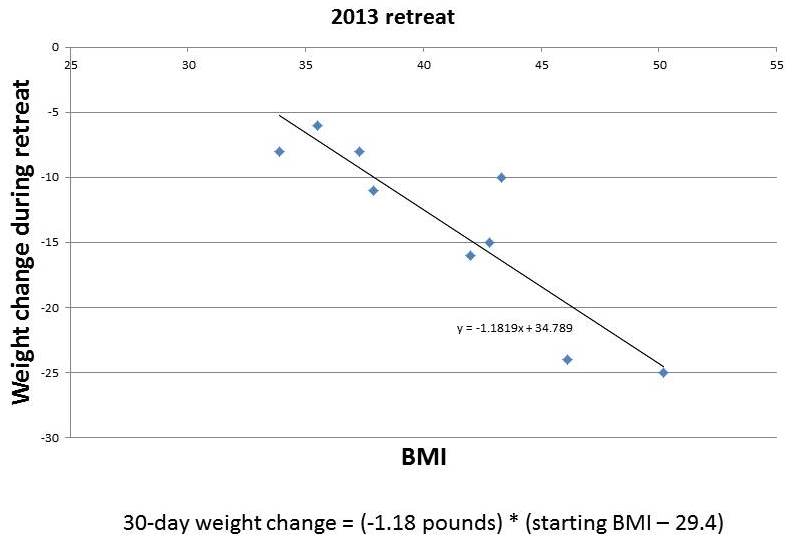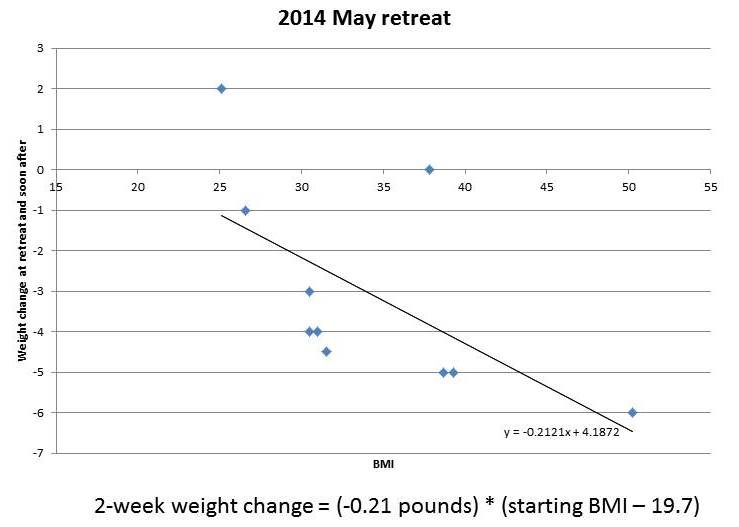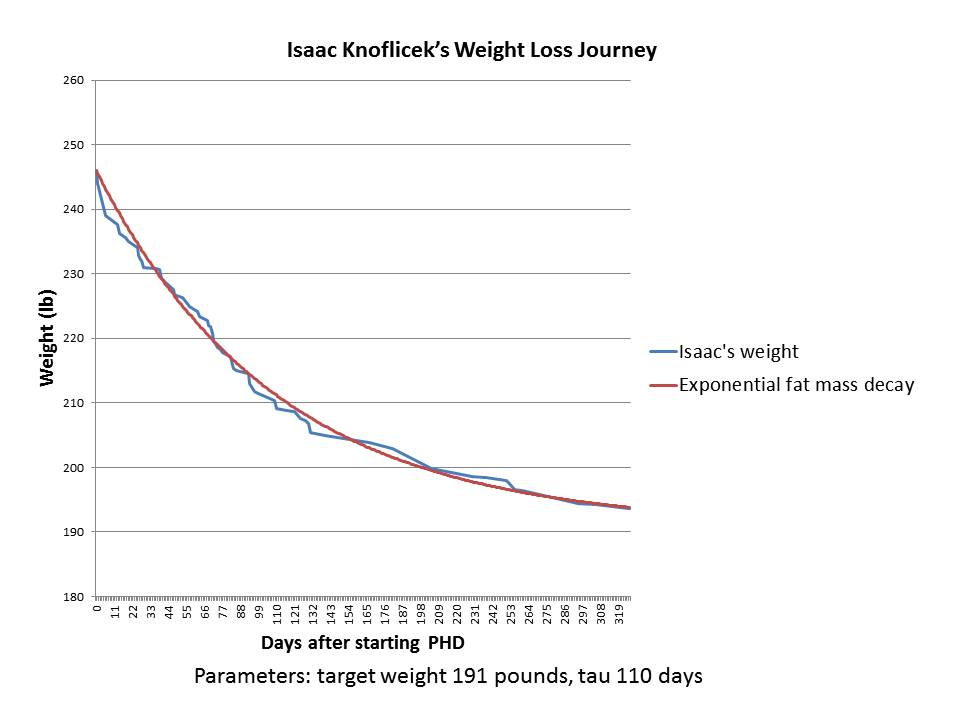Reminder: Scott Colby’s Ultimate Health Summit is live, and my interview with Scott appears for free today, Thursday, March 5. Check it out!
The October 2014 Perfect Health Retreat was a delightful experience. We had almost perfect weather – 13 of 14 days were sunny and warm – and the people were terrific.
A number of guests generously contributed written or video testimonials. Here’s one from Joseph N. of Houston, Texas:
Here’s what is provided in a week at the Perfect Health Retreat:
- Daily science classes, led by Paul, explaining the reasons behind our advice.
- Twice-daily cooking classes, led by Shou-Ching, teaching practical home cooking and meal design.
- Thrice-daily movement classes, led by our staff of expert personal trainers, providing a complete hands-on training in all modalities of movement – including physical activity, relaxation and stress relief, and mobility and healing.
- Delicious PHD food prepared by Chef Chris Gates, who has served as private chef for Steve Winwood, R.E.M., Carlos Santana, and Widespread Panic and for Hollywood stars.
- Health coaching from Paul, helping to troubleshoot and fix any personal health issues.
- An environment designed to model PHD advice and make healthful living easy.
- A luxury vacation at the finest property on a magnificent beach, complete with two heated salt-water pools, two hot tubs, and the amenities and personal care you’d expect at a luxury resort.
Altogether, it’s a complete education in how achieve a lifetime of great health.
The May retreat has already sold out, and we’re now accepting reservations for October 10-17. The number of retreats is limited due to Paul and Shou-Ching’s other obligations, and we expect October to sell out early as well.
If you’d like to attend or learn more, visit our web pages under the Perfect Health Retreat tab above, or write Paul at paul@perfecthealthretreat.com.





















Recent Comments